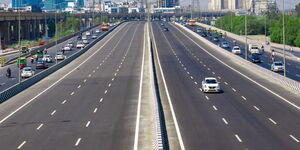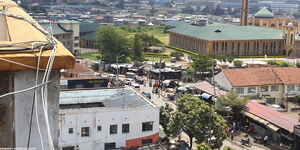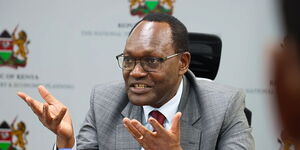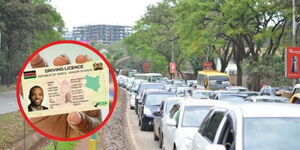The recent wave of anti-government protests has dealt a severe blow to the country's economy, particularly impacting retailers, construction firms, and farmers.
Findings from a closely-watched survey reveal that these sectors have been hardest-hit by the demonstrations, which have paralysed business in major towns. The Stanbic Kenya Purchasing Managers Index (PMI) highlights a sharp decline in overall private sector sales, marking the steepest fall in seven months.
The protests, initially sparked by youth opposition to the now-abandoned Finance Bill 2024, have evolved into broader anti-government demonstrations. President William Ruto’s decision to reject the bill and recommend the deletion of all its clauses did little to quell the unrest.
The PMI survey, based on feedback from approximately 400 corporate managers across key sectors, indicates that customers have been withholding spending due to uncertainty surrounding the Finance Bill.
“After two months of increased purchasing activity, there was a noticeable dip in purchasing quantities and inventories because of reduced sales in several sectors, namely construction, agriculture, wholesale, and retail,” said Christopher Legilisho, an economist with Standard Bank, the parent firm of Stanbic Bank.
Nairobi County has suffered significant financial losses due to the protests, with businesses forced to close for at least five days over the last three weeks. Governor Johnson Sakaja reported that the county lost Ksh70 million each day during the demonstrations, amounting to over Ksh350 million in total losses.
The survey also noted mild increases in input, purchase, and output prices in anticipation of the proposed tax hikes in the Finance Bill 2024.
However, a stronger exchange rate and lower fuel prices helped to moderate these cost pressures. June’s PMI fell sharply to 47.2 from 51.8 in May, indicating a severe contraction in private sector activity, including output, new orders, and employment.
The protests, which have been infiltrated by hired goons, led to near shutdowns in Kenya’s major cities and urban centres on demonstration days. The dropped tax measures were aimed at raising an additional Ksh346 billion to fund a nearly Ksh4 trillion budget for the upcoming fiscal year.
Ruto had hoped to use the new taxes and spending cuts, targeting non-essential expenditures and reducing allocations for semi-autonomous government agencies, to move towards a balanced budget by 2027.
Achieving a balanced budget would involve keeping borrowing at minimal levels, a target that has eluded the country in the past, including during Ruto’s first full financial year in office ending this month.
The plan included reducing the budget deficit from 5.7 per cent of GDP in the current financial year to 3.3 per cent of GDP in the next financial year, partly to comply with an IMF programme requiring Kenya to increase taxes and cut expenditures.
“After a solid expansion midway through the quarter, private sector output dropped significantly in June, reflecting a steep fall in new business intakes,” analysts at Stanbic Bank and S&P Global noted in the PMI report. “Tough economic conditions brought on by the cost-of-living crisis and protests surrounding the finance bill severely impacted sales volumes.”
The report also indicates that job opportunities in the private sector grew at the weakest rate since the beginning of the year.
The labour market faces additional strain after businesses were looted by goons allegedly hired by politicians to infiltrate the initially peaceful protests.












